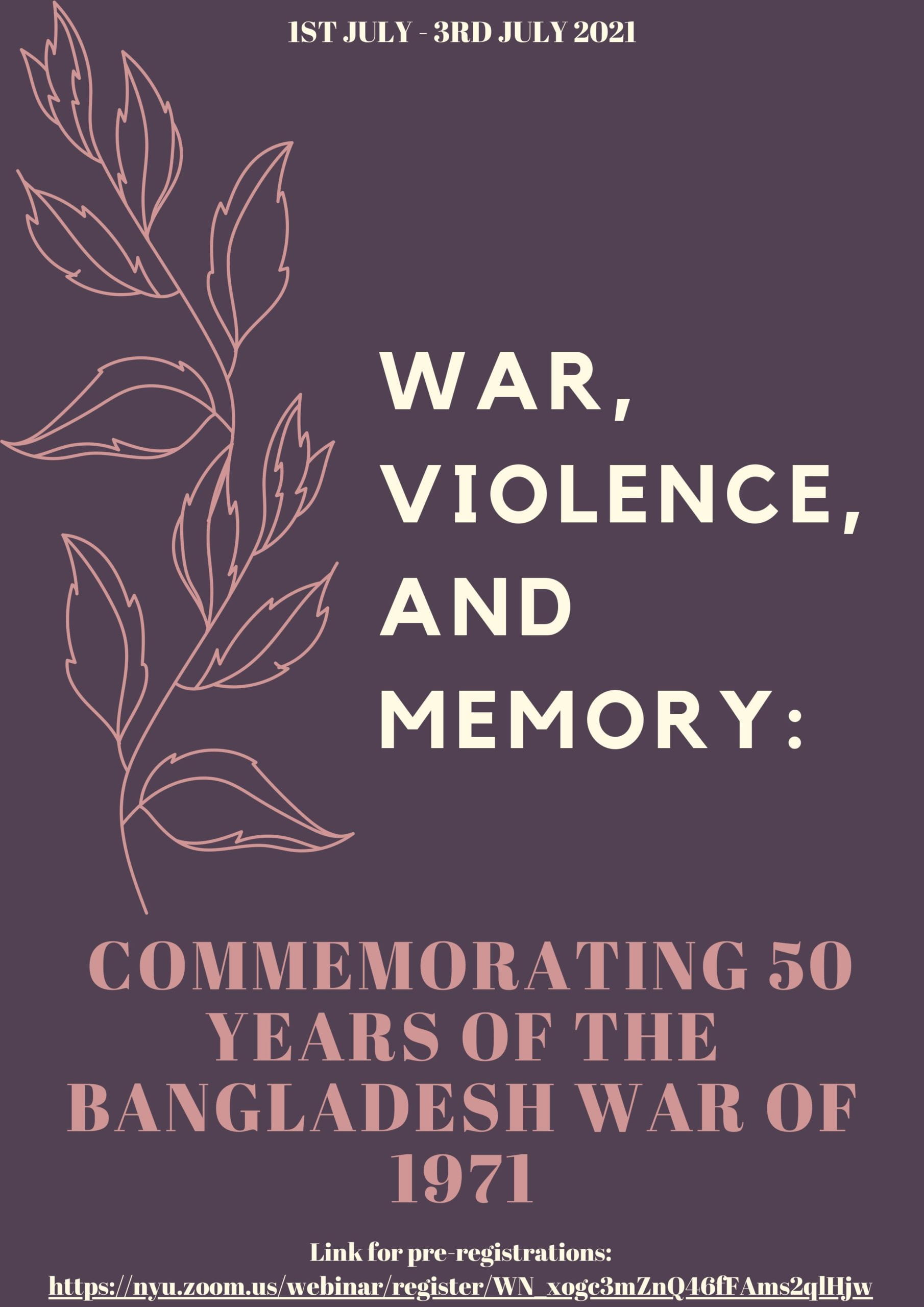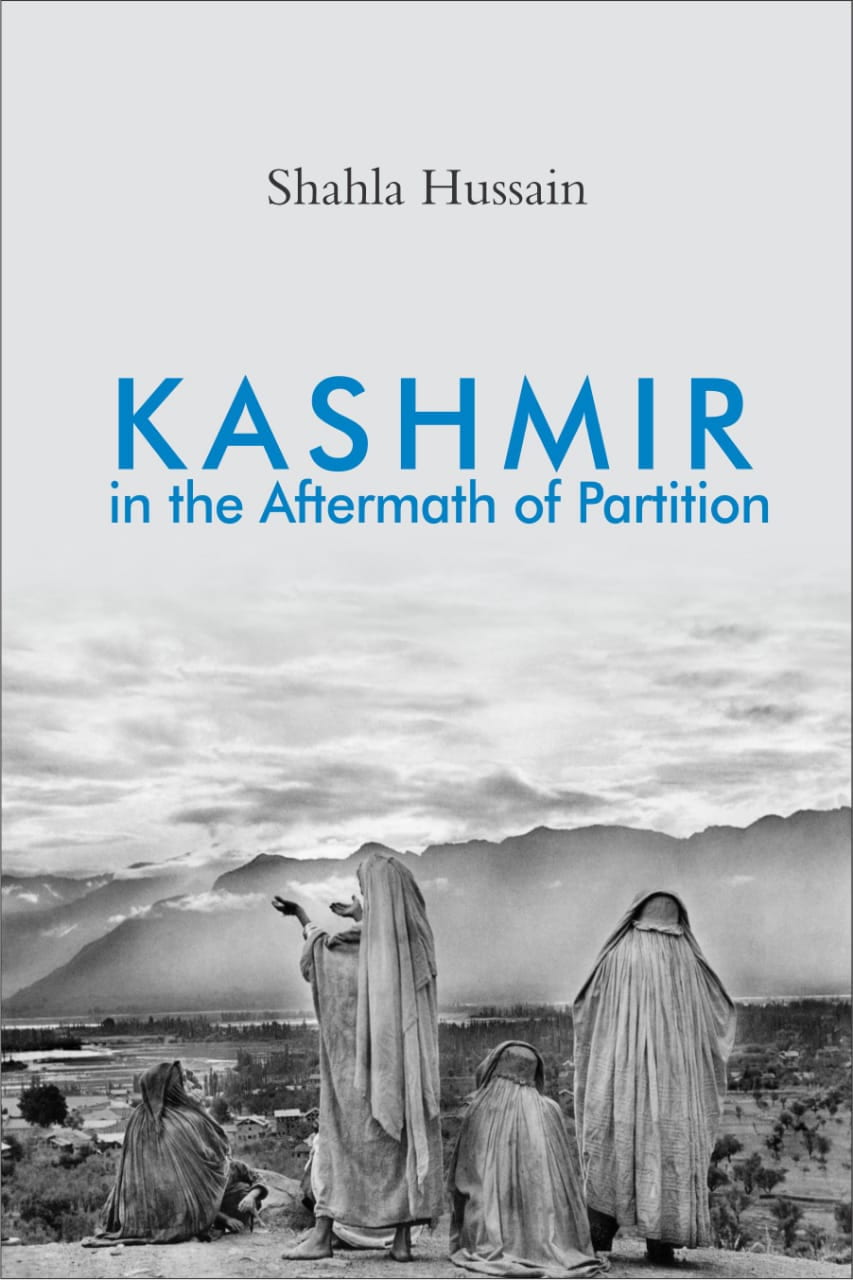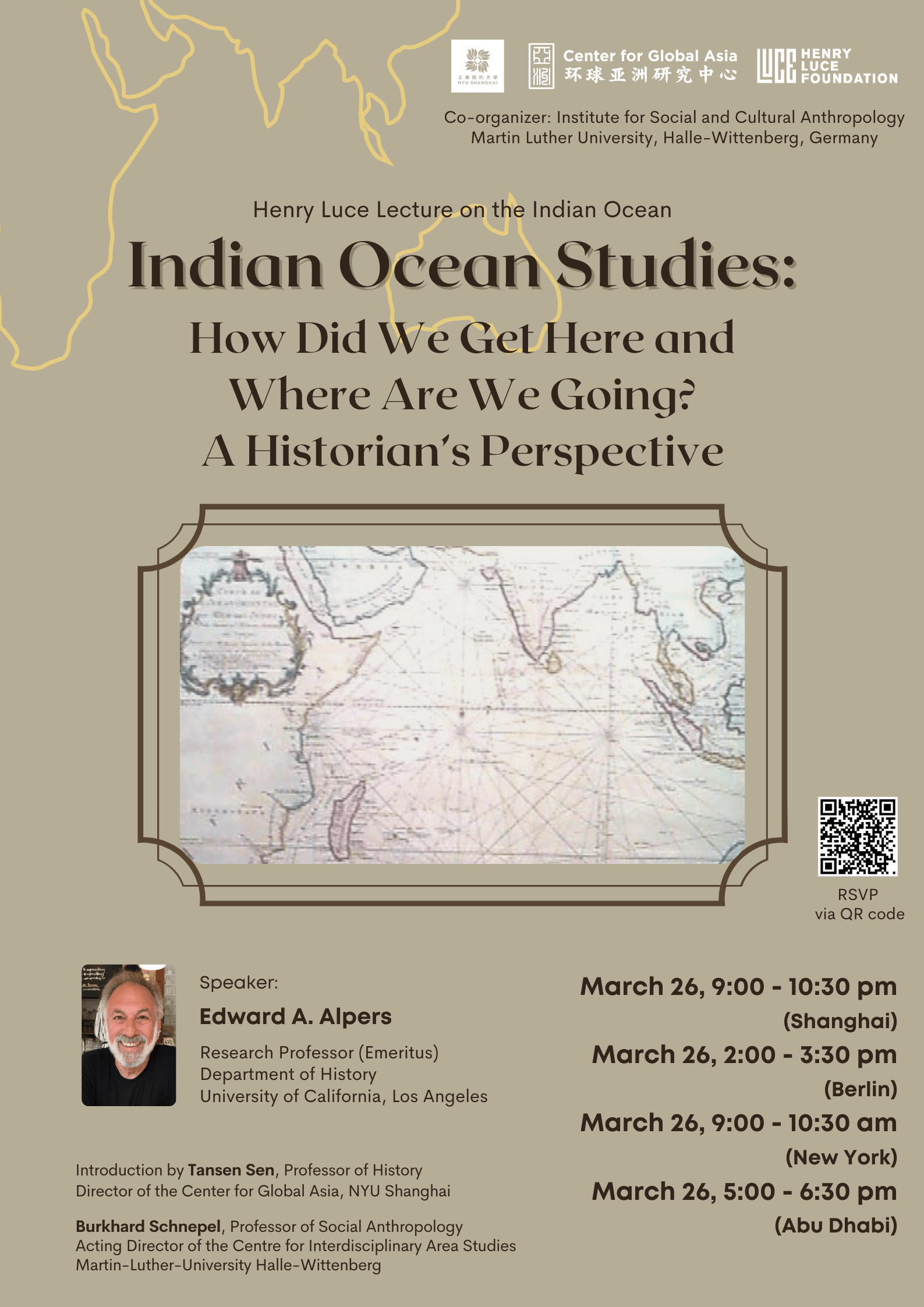Category Archives: Uncategorized
March
February
GLOBAL ASIA RESEARCH PROJECTS
Sponsored by the Henry Luce Foundation and by New York University, the Global Asia Program brings together scholars, educators, artists, students, and activists to explore the many forms of mobility that shape Asian spaces all around the Indian Ocean and Eurasia, from ancient times to the present, and, after 1500, all around the world. Our Collaborative Research Projects are designed to enhance the work of individual participants and also generate collectively curated open access digital resources to enrich teaching, research, and general public learning on the mobile interweaving of human environments. Projects connect many fields of study and creativity to form collaborative spaces of diverse, inclusive knowledge production, flexibly adaptive in a rapidly changing world. (Here is an overview of our Luce Grant agenda.)
SUPPORT
We support projects in three ways. (1) We hire graduate student as project assistant collaborators who integrate their Global Asia work into career development. (2) We provide modest research support for faculty and students to develop Global Asia courses and online resources. (3) We support Workshops to bring collaborators together for project work, online and in person.
PROJECTS
Afro-Asian Interactions. Project leaders: Shobana Shankar and Cassie Washington, .
This project combines African, Asian, and American Studies. (1) Seaborne mobility around the Indian Ocean formed influential Afro-Asian spaces of economic, political, and cultural life from medieval to modern times. (2) After 1500, the globalization of Africa and Asia and their intersecting diasporas produced diverse Afro-Asian cultural environments. (3) In the twentieth century, anti-imperial struggles produced influential Afro-Asian alliances in the Third World and the United States, where African Americans and Asian Americans formed revolutionary connections. (4) In twenty-first century age of Black Lives Matter, Americans of African and Asian descent are engaged in social and political relationships, struggles, and cultural projects framed by white supremacy. (5) At the same time, India and China are investing heavily in Africa: Global Asia is displacing White investor dominance in Africa, remaking Afro-Asia as space of transnational territorial political economy, which has become the subject of Foreign Policy concern and academic study (African East-Asian Affairs). Possible additions: The Chinese Community in Jamaica. Afro-Arab-Gulf.
Global Bangladesh. Project Leader: Dina Siddiqi
Spaces of mobility transcending national state boundaries profoundly shape national experience, identities, and possibilities. Bangladesh provides a case study of the continuing global expansion and diversification of locally influential spatial mobilities that condition everyday life for Bangladeshis, inside national boundaries and around the world. Commodity chains, migration, remissions, media, religious and social movements, development regimes, and other mobile forces shape the reality of Bangladesh and of being Bangladeshi; these form subjects for research in this project, led by Dina M. Siddiqi (see her recent essay: “Scandalizing the Supply Chain,” HIMAL, Jan 11, 2022, references). Here is a podcast. Here are government websites explaining why investors should invest in Bangladesh: https://www.bida.gov.bd/, https://www.bida.gov.bd/land-opportunities, and https://www.beza.gov.bd/ . Here is the planning vision, “The Bangladesh Delta Plan 2100,” https://www.bdp2100kp.gov.bd/
Global Asian Urbanisms. Project leaders: Heather Lee and David Ludden.
Formerly “New York Immigrant City,” this project now embraces “Port Cities in Global Asia” and studies of other urban areas being transformed by Asia’s globalization. It builds on a joint CAS-Tandon VIP course where students produced digital content for a student website that grew over five semesters. Now, the project focuses on Asian migrants, including those classified as Middle Eastern. People from Asia represent the fastest growing immigrant population in the city, accounting for over half the city’s growth, since 2010, in all five boroughs, where many maintain strong Asian connections. In fact, today, more migrants are like students, not definitively permanent settlers, but rather living here conditionally, like migrant workers in the Gulf, or Ifemelu in Chimamanda Ngozi Aditchie’s Americanah. The space of the city is more complex, global, mobile, and Afro-Hispanic-Asian than when immigrants were, by official design, mostly European. “New York Migrant City” may now be a better name for the project. Here is a relevant book by Lauren Hilgers.
We will sponsor and generate a number of projects to open up the field of Asian-American Studies to embrace all varieties of Asian mobility, habitation, interaction, and connectivity in all the Americas, as well as embracing connected Asian spaces shaped by America’s global mobility, beginning with nineteenth century missionaries and gun ships and including twentieth century wars and capitalism. Asian America would thus include Asian territories shaped by United States (notably the Philippines, Japan, Korea, Pacific Islands, Southeast Asia, Afghanistan, Iraq, and Palestine), and Asian spaces of US war-induced refugee migration (where Afghans now top 2.6 million).
All kinds of Asian mobility in the Americas are possible subjects for this project — see also New York Migrant City — so that Asian-America also includes Asian investors in the Americas and mobile Asian cultural influence, from food and fashion to Anime, K-pop, marital arts, religion, and cinema, which, along with supply chains for commodities and pandemics, travel out of Asia from the sixteenth century. Last but not least, numerous transnational political networks, loyalties, affiliations, commodity chains, and activists in the Americas influence culture, economies, and politics all across Asia, and in turn, those Asian connections shape American institutions, including academic Asian Studies.
Troubled National Territories. Project leader: Sanjib Baruah.
Over many centuries, mobile empires and mobile settlers of many kinds produced mobile imperial territories where fixed borders of national sovereignty were imposed in the twentieth century. This process produced numerous troubled national territories where conflict and oppression persist, most notably, in old imperial frontiers, where national states impose their will by force in the name of national identity, unity, and security. This project brings together studies of these regions, all across Asia, to shed fresh light on the process of producing national territory. These are areas where incorporation into national state territory has been traumatic during the militant state pursuit of national unity and security inside the global legal framework of national sovereignty. Each case is unique, with its own history and meanings, but they together reveal facets of national territory that enrich understandings of Asia’s globalization.
The Mobility of Religion. Project leader: Ismail Fajrie Alatas.
This project seeks to chart the travel of religion — particularly Buddhism, Christianity, and Islam — across historical and contemporary Asia. It endeavors to trace the ongoing reproduction of religions in and through complex mobilities, exchange, and interconnections that generate contact, mixture, and linkages. Whether through textual circulation, pilgrimage, diaspora formation, traveling scholars, missionaries, and students, or conquest and holy wars, the project follows the movement and modulation of religious bodies, ideas, and practices through diverse circuits of mobility and networks that connect different parts of Asia and beyond. Foregrounding regional and trans-regional mobility, the project attempts to reveal issues of translation, mobilization, collaboration, competition, and conflict that continue to give Buddhism, Christianity, and Islam their particular content and force. More than just outcomes of shifting circuits of mobility and interaction, however, Mobility of Religion is also interested in situating religion as a discursive and symbolic resource that may help historical and contemporary actors postulate moral shape to the regional and trans-regional space they inhabit and traverse.
Early Modern Empires. Project leaders: Ayşe Baltacıoğlu-Brammer, Susanah Romney, and Yijun Wang.
This pioneering, team-taught, Global Asia course surveys the geographically extensive; ethnically, culturally and religiously diverse; and politically dynamic empires of the early modern Global Asia through the eyes of their people, in an integrative manner, rather than from the Euro-centric point of view that created artificial boundaries dominating the historical narratives for centuries. Bringing together the expertise and the on-going research of Ayşe Baltacıoğlu-Brammer, Susanah Romney, and Yijun Wang, the course connects the Middle East, Southeast Asia, China, and the maritime empires of the Indian Ocean. With some emphasis on chronologies of major historical, socio-political, and cultural events and trends, the course is primarily thematic: its themes include state and identity formation; military expansion and navigation technologies; environment and natural resources; urban and rural populations and their daily life routines; religious and ethnic minorities; and developments in science, art, and architecture.
Port City Environments, Anthropocene Ecologies, and Climate Futures. Project Leaders: May Joseph and Sudipta Sen
In this impending hour of climate disruption and mass species extinction, the Global North has largely failed to make conclusive efforts to combat the ongoing effects of climate change which has already had unprecedented and far-reaching consequences across the countries and regions of continental and maritime Asia. As a part of the Global South, Asia contains the largest agglomeration of low-lying islands, coastlines, archipelagos, and minor seas in our planet, where sea level rise brings catastrophic implications for a multitude of populations, environments, and habitats. This working group focuses on the conjunction of escalating climate concerns across Global Asia and the divergent approaches to macro and micro understanding of environmental upheavals and disasters. From desert ecologies to forest topographies, from oceanic ecosystems to fossil fuel economies, from underwater networks to cloud and wind mobilities, we invite investigations into the interdependent environmental precarities and futures that lie ahead for Global Asia.
Global Radical Asian Networks. Project leaders: Tatiana Linkhoeva, Masha Kirasirova, and Heather Lee.
This collaborative project will generate a cluster of courses that will be simultaneously taught in Spring 2023, on all three NYU campuses by assistant professors Dr. Tatiana Linkhoeva in New York, Dr. Masha Kirasirova in Abu Dhabi, and Dr. Heather Lee in Shanghai, the three distinct courses will be dedicated to modern radical movements and ideas across East and Southeast Asia, the Asia-Pacific, the Middle East, and Russia.
Projects
This list is a sketchy start for a set of projects we are launching with our second grant from the Henry Luce Foundation. 2021-2024. (More coming)
Afro-Asia and the Americas
Migration: NYU Migration Network … New York Immigrant City. Coming Soon: Jackson Heights. and Chinatown.
Travels of Religion: Buddhism, Islam, and Christianity
Global Asia and National Territory: Bangladesh, New York City (Chinatown, Jackson Heights), India, Thailand, Singapore.
Pandemics
Bangladesh71 Conference WEBINAR 1-3 July 2021
|
||
|

HERE IS LINK to a recorded presentation by Sam Jaffe on US grassroots support for Banglandesh.
Date: Fri, Jun 25, 2021 at 8:54 PM
23 Apr Lives of Data
Book Discussion: ‘Lives of Data: Essays on Computational Cultures from India,’ Edited by Sandeep Mertia
Panel: Natasha Schüll (NYU), Ramesh Srinivasan (UCLA), Sareeta Amrute (Data & Society) and Sandeep Mertia (NYU)
Chair: Arjun Appadurai (NYU)
Date: 23 April 2021
Time: 11 AM EST
Lives of Data maps the historical and emergent dynamics of big data, computing, and society in India. It brings together fifteen interdisciplinary scholars and practitioners to set up a collaborative research agenda on computational cultures. Encompassing history, anthropology, science and technology studies (STS), media studies, civic technology, data science, digital humanities, and journalism, the essays open up possibilities for a truly situated global and sociotechnically specific understanding of the many lives of data.
Lives of Data is an open access publication from the Institute of Network Cultures, Amsterdam in collaboration with The Sarai Programme, Centre for the Study of Developing Societies. The book is available for download and for print-on-demand orders at: https://networkcultures.org/blog/publication/lives-of-data-essays-on-computational-cultures-from-india/
Disability accommodations: please contact mcc@nyu.edu one week in advance.
Mar 26. Indian Ocean Studies: The State of the Field
8 April. Belts and Roads in Environmental Perspective
April 8 Belts and Roads in Environmental Perspective, with Maria Adele Carrai, Sophia Kalantazakos, Yifei Li, Ayesha Omer, and Galen Murton.
The Belt and Road Initiative (BRI) promises green growth in a win-win formula for China and partner states. What is the record so far? Are China and BRI partner states reconfiguring the global context of development? Where do we see green growth, and where are events unfolding otherwise, either for development or sustainability? Does the BRI model of win-win green growth have its own costs, some of which are perhaps still to be discovered?
This panel explores these and related questions, assessing policy directions in and directives from the PRC, sharing insights from case studies across Asia, and helping us figure out which questions we should be asking next. The panelists seek to bring a diverse range of perspectives about the BRI in hopes of articulating the multiple belts, roads, and initiatives, as well as their many implications for sustainability and development.
Book Launch, Shahla Hussain, Kashmir after Partition, Feb 12
February 12, 11:00AM
Book Launch and Discussion of
Shahla Hussain, Kashmir in the Aftermath of Partition. Cambridge: Cambridge University Press, 2021. (Available online in the Cambridge Core)
Presentations by Shahla Hussain, Ayesha Jalal, and Mona Bhan, and open discussion.

Kashmir remains one of the world’s most militarized areas of dispute, having been in the grips of an armed insurgency against India since the late 1980s. In existing scholarship, ideas of territoriality, state sovereignty, and national security have dominated the discourses on the Kashmir conflict. This book, in contrast, places Kashmir and Kashmiris at the center of historical debate and investigates a broad range of sources to illuminate a century of political players and social structures on both sides of divided Kashmir and in the wider Kashmiri diaspora. In the process, it broadens the contours of Kashmir’s postcolonial and resistance history, complicates the meaning of Kashmiri identity, and reveals Kashmiris’ myriad imaginings of freedom. It asserts that “Kashmir” has emerged as a political imaginary in postcolonial era, a vision that grounds Kashmiris in their negotiations for rights not only in India and Pakistan, but also in global cultural and political spaces. This book further contends that the idea of territorial nationalism has failed to bring peace to the South Asian subcontinent. Instead, the trauma of partition continues to unfold in Kashmir, while Kashmiris struggle for dignity and rights.

